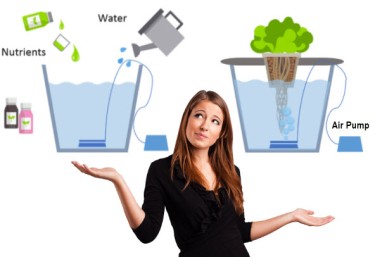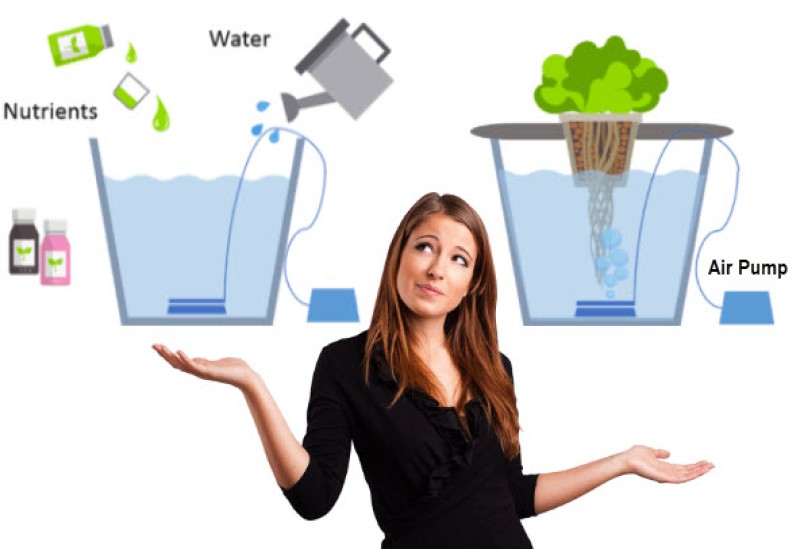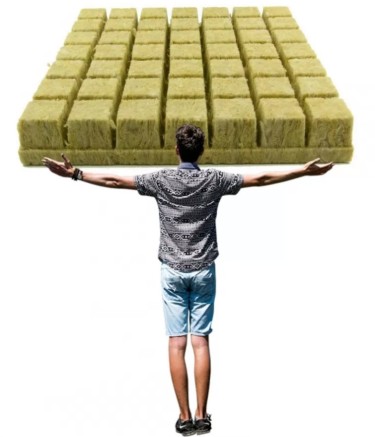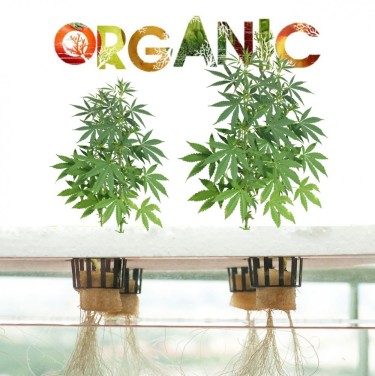
Deep water culture (DWC) is the purest form of hydroponics.
There are various hydroponics techniques, but DWC is the most effective and easiest to apply. It involves a simple concept that guarantees faster crop growth and a larger harvest. Find out what makes DWC the preferable hydroponics technique, as well as the materials needed to set up yours and make it rewarding.
Definition of Deep Water Culture (DWC)
Deep Water Culture is a hydroponics technique in which plants are grown in a pool of aerated, nutrient-rich water. The plants are suspended with the aid of unique pots or nets to ensure their roots stretch down and remain in the nutrient medium.
DWC is unlike other hydroponics techniques in which plants are constantly watered; in DWC, the plants are submerged in a well-oxygenated solution containing all the required nutrients 24/7. The reservoir holding the solution must be big enough to ensure the plant is stabilized throughout. Enough water must be put into the tanks, as the more water there is, the less maintenance and monitoring are needed.
Types of deep water Culture
There are different variations of the DWC technique.
Bubbleponics System
This requires the same setup as the traditional DWC technique. It can be upgraded by including a water pump within the reservoir to disperse the nutrients solutions above the net cups and then back into the pool. This method combines the Recirculating System and Top feeding DWC. It is most preferred at the early development stages of the plants; it allows water to reach the short roots that are not long enough to get the water in the reservoirs.
Bubbleponics is the most preferred DWC technique because it speeds up the seedling and germination stages of the plants.
The Kratky Method
This is a passive DWC system that does not require a water pump. The plant gets the necessary nutrients and oxygen through the air gap between the roots and the surface of the nutrient solutions.
Recirculating Deep Water Culture
This is an upscaled traditional DWC. It is designed like a flood and drains the reservoir. Many containers and buckets are connected to a larger tank. This way, the nutrient solutions are never lost. Instead, they are recycled/recirculated through the system.
Traditional Deep Water Culture System
Like all hydroponics methods, there is very little chance of the planet becoming suffocated by too much water. With DWC, water is provided in the required amounts, with enough oxygen and optimal environmental factors. The plants survive and thrive because everything is provided adequately.
The most crucial factor in a DWC system is oxygen. The system must be set up so that oxygen is always available. Many use an air pump or falling water design to solve this aeration problem. With this equipment, the reservoir has air bubbles that rise from the nutrient mixture. The water must be aerated because the plants' roots are in the solution 24/7; without the oxygen, the plants could become waterlogged and suffocate. Note that the more air bubbles there are in the reservoir, the better it is for the plants.
Considering many factors, DWC is more efficient than its soil counterpart.
How To Design A Deep Water Culture
You do not need to design your DWC from scratch because you can order a complete system kit online. There are different sizes and varieties of these readymade kits. If you would instead make your DWC yourself, Then you need the following tools:
-
Air pump
-
Airline
-
Airstone
-
A reservoir for water
-
8 to 10-inch net pot
-
pH meter
-
Rockwool or expanding clay
-
Any growing media
-
pH kits
All these can be bought at a local garden supply store, or you can get them online. It is advisable to get a dark-colored plastic bowl to encourage the growth of the media and allow proper root development.
To begin, fill up the reservoir with the nutrient solution. Ensure the pH level of the system is between 5.5 and 6.5. Your pH kit could come in handy here if your system's pH is above or below the required range. For aeration and optimal oxygen levels in the system, you need to link the air pump, airline, and airstone. Properly position the airstone in the tank. For young plants, place the visible roots into the reservoir. You have to surround the roots with expanding clay or the chosen growing media. Note that the plants must be kept in a Rockwool.
For nutrient absorption, the Rockwool has to be positioned close to the nutrient solution to absorb and diffuse nutrients from the water to the plant. The nutrient solution level added to a DWC system reduces as the plant's root system develops. The nutrient solution has to be changed bi-weekly. To change the solution, you should first move your plants from the reservoir gently and then refresh the nutrient solution. Then the plants can be transferred back to their original position.
Advantages Of Using The Deep Water Culture Technique
The most crucial advantage is Speedy growth and larger yields. The plants have easy access to oxygen and nutrients in a DWC, and there is less competition for nutrients, unlike their soil counterpart. With the correct setup, nutrients, and variety of cannabis, your plants can grow exceptionally well and produce bountifully.
It is essential to know that the fast vegetative growth of your cannabis plants results in taller stems and fatter buds, but the plants still need to complete the standard duration before they can be ready for harvest.
Other advantages include:
-
Absence of pests
-
Low-maintenance
-
Less labor required
-
Easier access to water, nutrients, and oxygen
Downsides Of Deep Water Culture
The DWC is a fantastic system that works most of the time perfectly. However, there are a few downfalls that could arise. They are:
-
Irregular temperature
-
Difficulty in maintaining parameters
-
Air pump failure
Conclusion
Cannabis plants cultivated with Deep Water Culture techniques thrive well most of the time, provided all requirements are met. Thanks to this system, dozens of cannabis growers have witnessed an explosion of growth and yields in their plants, guaranteeing more profit! This hydroponics technique might seem complex, but with time and a better understanding of the entire concept, you'll see it is one of the easiest and cheapest methods to cultivate various strains of cannabis.
HYDROPONIC GROWING TIPS, READ MORE..
WHAT IS ROCKWOOL AND WHY IS THE MARIJUANA INDUSTRY BUZZING ABOUT IT?







